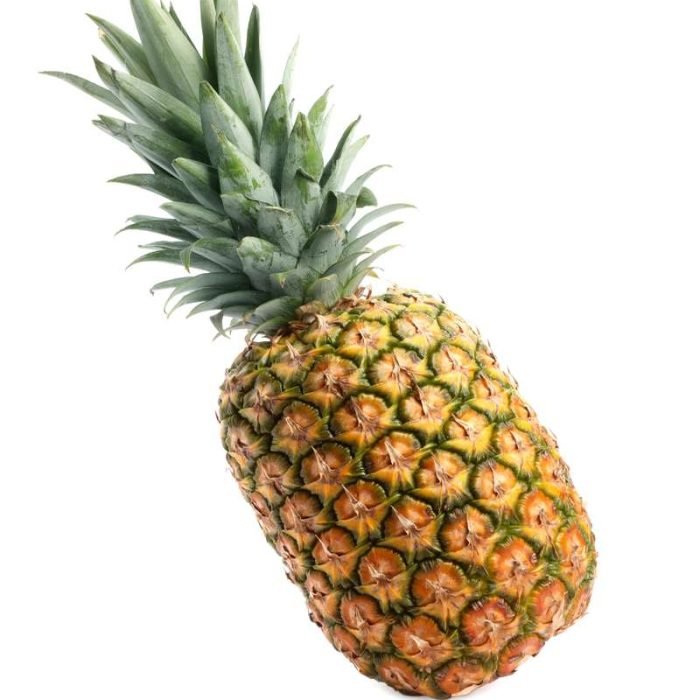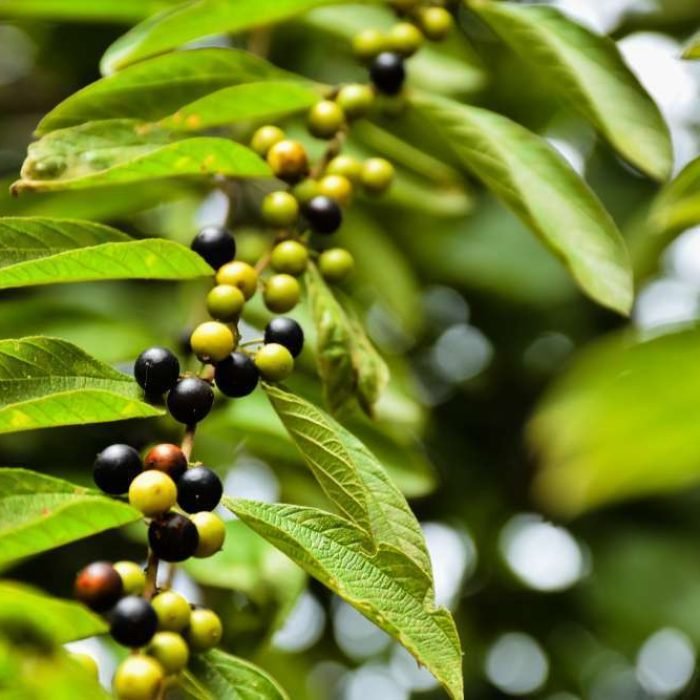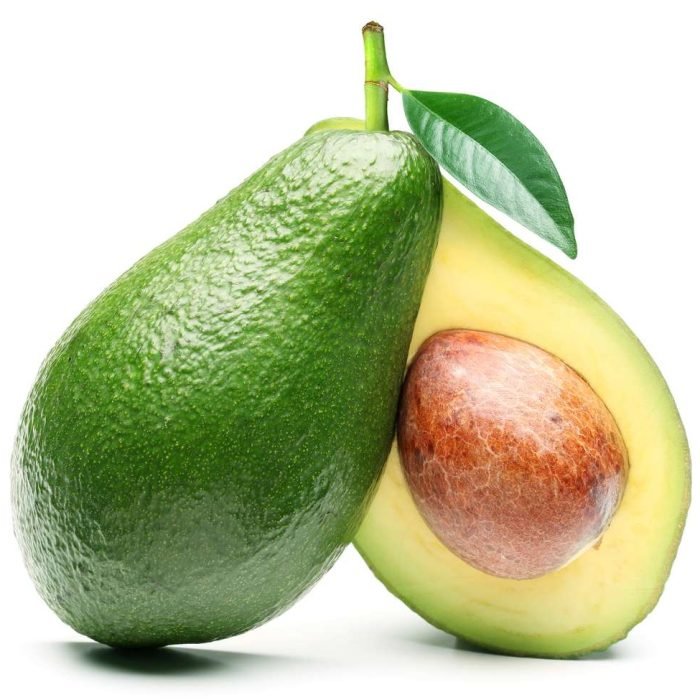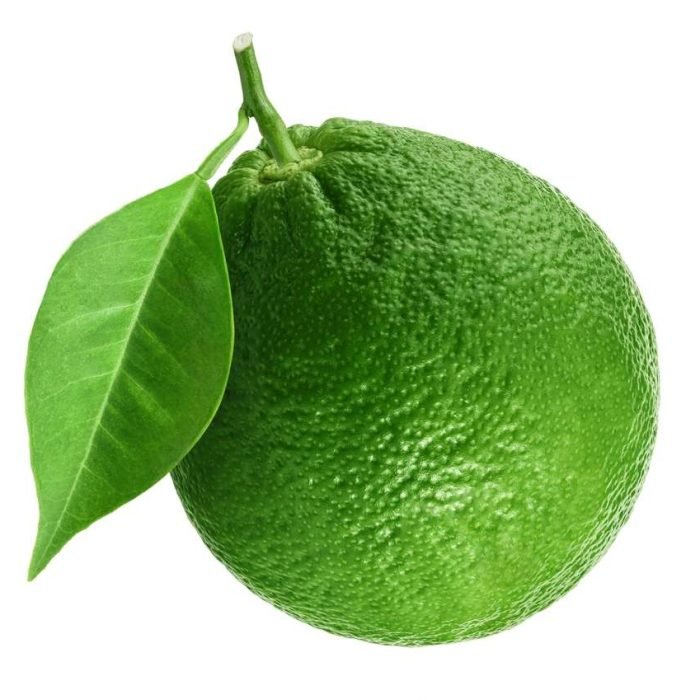Cultivation
Mulberries can be grown from seed, and this is often advised, as seedling-grown trees are generally of better shape and health. Mulberry trees grown from seed can take up to ten years to bear fruit. Mulberries are most often planted from large cuttings, which root readily. The mulberry plants allowed to grow tall have a crown height of 1.5 to 1.8 m (5 to 6 ft) from ground level and a stem girth of 10–13 cm (4–5 in). They are specially raised with the help of well-grown saplings 8–10 months old of any of the varieties recommended for rainfed areas like S-13 (for red loamy soil) or S-34 (black cotton soil), which are tolerant to drought or soil-moisture stress conditions. Usually, the plantation is raised and in block formation with a spacing of 1.8 by 1.8 m (6 by 6 ft), or 2.4 by 2.4 m (8 by 8 ft), as plant-to-plant and row-to-row distances. The plants are usually pruned once a year during the monsoon season to a height of 1.5–1.8 m (5–6 ft) and allowed to grow with a maximum of 8–10 shoots at the crown. The leaves are harvested three or four times a year by a leaf-picking method under rain-fed or semiarid conditions, depending on the monsoon. The tree branches pruned during the fall season (after the leaves have fallen) are cut and used to make durable baskets supporting agriculture and animal husbandry.
Some North American cities have banned the planting of mulberries because of the large amounts of pollen they produce, posing a potential health hazard for some pollen allergy sufferers. Actually, only the male mulberry trees produce pollen; this lightweight pollen can be inhaled deeply into the lungs, sometimes triggering asthma. Conversely, female mulberry trees produce all-female flowers, which draw pollen and dust from the air. Because of this pollen-absorbing feature, all-female mulberry trees have an OPALS allergy scale rating of just 1 (lowest level of allergy potential), and some consider it “allergy-free”.[11]
Mulberry tree scion wood can easily be grafted onto other mulberry trees during the winter, when the tree is dormant. One common scenario is converting a problematic male mulberry tree to an allergy-free female tree, by grafting all-female mulberry tree scions to a male mulberry that has been pruned back to the trunk.[13] However, any new growth from below the graft(s) must be removed, as they would be from the original male mulberry tree.









